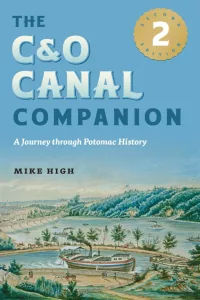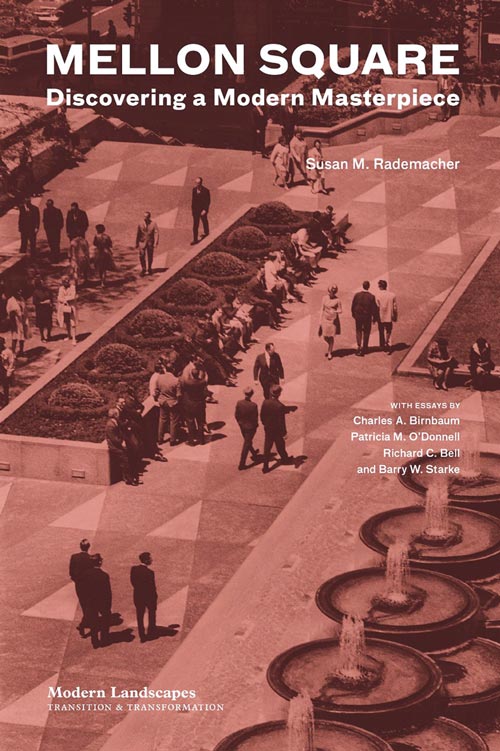
The C&O Canal Companion: A Journey through Potomac History, second edition
By Mike High
Johns Hopkins University Press, 2015
416 pp., 58 b&w halftones, 10 line drawings, 28 maps
$24.95 paperback
The towpath of the C&O canal in Maryland is an amazing treasure offering a glimpse into an era when there was no car, bus, train, or plane traffic, and 3 mph was as fast as anyone could travel. Preserved by the National Park Service, the 184-mile route from Washington D.C. to Cumberland, Md., is cherished by hikers and bikers. Although there are several guidebooks for the towpath in print, Mike High is known to be an excellent researcher and describes points of interest mile-by-mile. This second edition corrects a few of his original errors and adds new information about the route.
Cumberland, Md., is the place where General Braddock launched his expedition against Fort Duquesne. It was the hope of the men who organized the Monongahela Navigation to establish a canal linking Pittsburgh with the C&O at Cumberland, but the advent of the high-pressure steam locomotive destroyed their incentive to complete an all-water route. Instead, it was the B&O Railroad that connected Cumberland with Wheeling, W.Va.
Even in paperback, this version is a bit substantial to be carried along in a backpack but downloading a Kindle e-book version will solve this minor problem. If you are seeking a great hike to welcome spring, the C&O is the place to go.
Reviewed by Don Sayenga, walker/researcher of canal towpaths
 Mellon Square: Discovering a Modern Masterpiece
Mellon Square: Discovering a Modern Masterpiece
By Susan M. Rademacher
Princeton Architectural Press, 2014
144 pp., 100 b&w illustrations
$24.95 paperback
On my countless walks through downtown Pittsburgh, I had never really given much thought to Mellon Park until last year when I saw a sign attached to a streetlight that proclaimed that the park was now open with arrows directing the way to it from Grant Street. Intrigued, I wandered over and discovered a lush oasis of a park filled with fountains and plants that I had only ever had a vague notion of existing before that time. By reading Susan Rademacher’s book chronicling the history of the first Modernist garden plaza built over a parking structure, one can better appreciate the recent six-year journey it has taken to get back to its original splendor.
The author begins by introducing key individuals whose design work helped to realize the park: architects Mitchell & Ritchey (who later designed the Civic Arena) and landscape architects Simonds & Simonds. Rademacher’s writing style is highly readable while also maintaining a scholarly tone. The historic architectural sketches showing the evolution of designs for everything from fountains and planters to waste receptacles and seating are particularly fascinating since some of them can still be seen in the park today. Knowing the ever-changing weather of Western Pennsylvania, the plants chosen for the landscape design were selected not only for their aesthetic appeal and effect but also for their hardiness. Unfortunately, the illustrations in the book are not in color so anyone wishing to see these effects must imagine their splendor or, better yet, visit the park.
In addition to describing the original design and construction process, Rademacher gives equal attention to lauding the numerous public-private collaborations that were necessary for the park’s creation and later restoration. Opening in October 1955 as a key piece of the city-wide improvements made during Pittsburgh Renaissance I, Mellon Square helped to transform the image of the smoky city to a modern space of business and leisure while also alleviating the lack of parking downtown. The Pittsburgh Parks Conservancy’s decision to restore the 60-year-old park according to the original vision of the architects, while certainly more difficult, has resulted in a revival of this inviting and functional public space that is now on the National Register of Historic Places. Like Pittsburgh itself, Mellon Square has become a symbol of our region’s capacity for reinvention and self-improvement.
Reviewed by Liz Simpson, Assistant Editor, Heinz History Center
